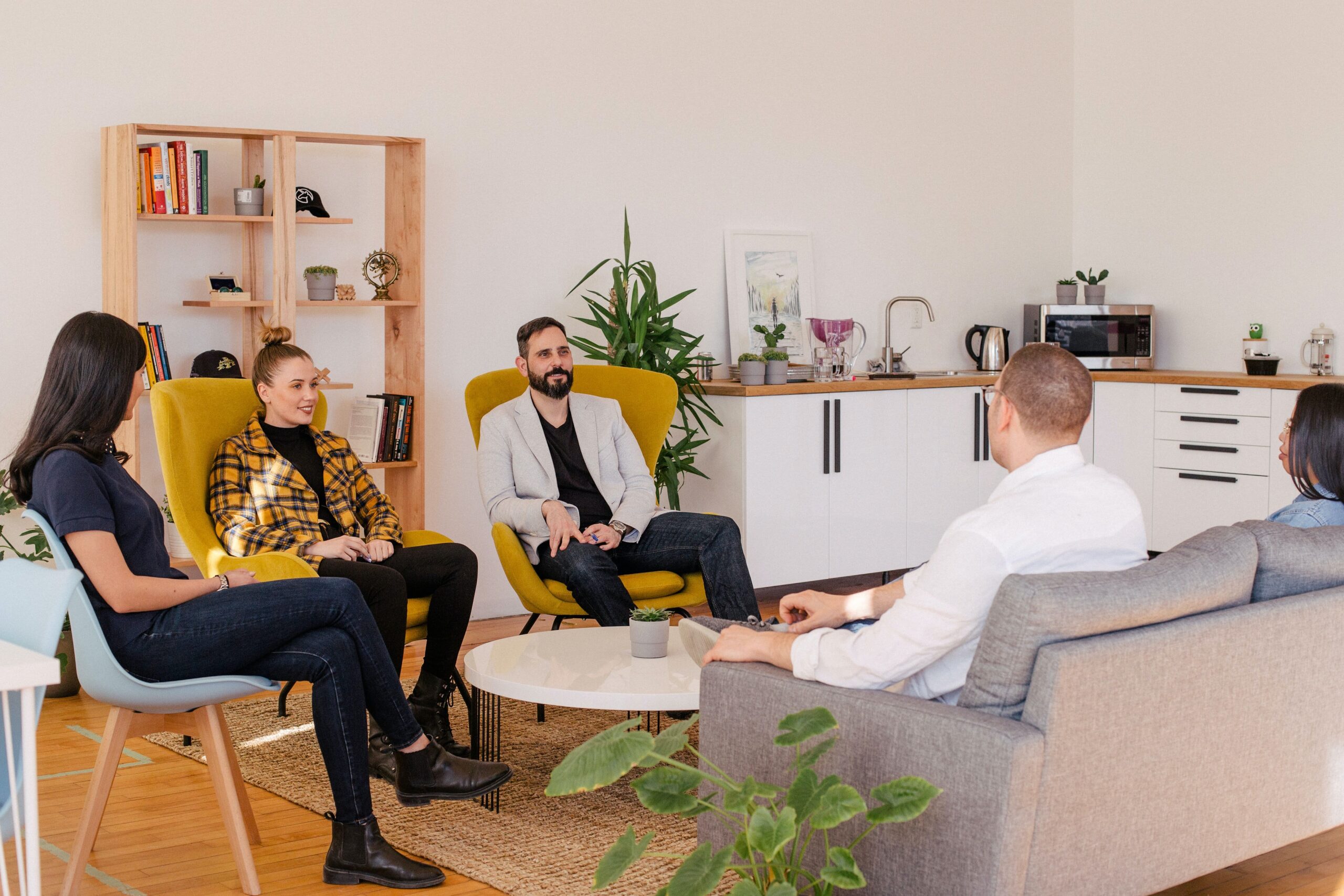Online job hunting is increasing every day, as many companies advertise and recruit via the Internet. The days of walking through cold miserable streets, handing in your rain-soaked CV are going. While armchair job searching is rising. * With certain industries such as retail and hairdressing, handing in a CV by hand, face-to-face is still recommended.
Finding online jobs
There are a large number of job search engines, this is a great place to start job searching for advertised vacancies. Use the most popular ones first as they advertise the largest number of vacancies for obvious reasons. The government job website is a great place to start, as are search engines that merge results from a variety of job search engines all on one page, helping you find all the vacancies in one quick search.
It is rare to find a company without their own website and many employers to save cost will advertise vacancies on their own site. Look at the top or bottom of the website’s home page a click “recruitment” “jobs” or “contact us” and more often than not you will find company vacancies.
Use directories to search companies’ contact details and send speculative CVs and cover a letters-A great way to quickly increase job applications.
How to get your e-mailed CV seen
As the government promotes “paperless” offices, employers are often asking for job hunters to apply online or to e-mail a CV.
When sending a covering letter, cut and paste this into the body of the e-mail, as many people have concerns about receiving viruses from opening unknown attachments.
If you add a CV as an attachment, clearly state that the attached document is a CV via the attachment label.
CV Writing Service Be aware that not all computers can open documents in a readable format, this is because old computer software cannot always recognise new software programmes. If unsure telephone the employer and ask which word package they use.
Receive job offers via the web
Many of us will be tempted to use the Internet and “copy and Paste” to quickly send hundreds of CVs in minutes. First, research each company and add this information into your covering letter, instantly individualising each application. – A must for all serious job hunters.
As tempting as this may be to quickly send out e-mails, ensure you record which companies you contact, as you need to follow up each application – this will make a big difference in the amount of job interview you are offered.


